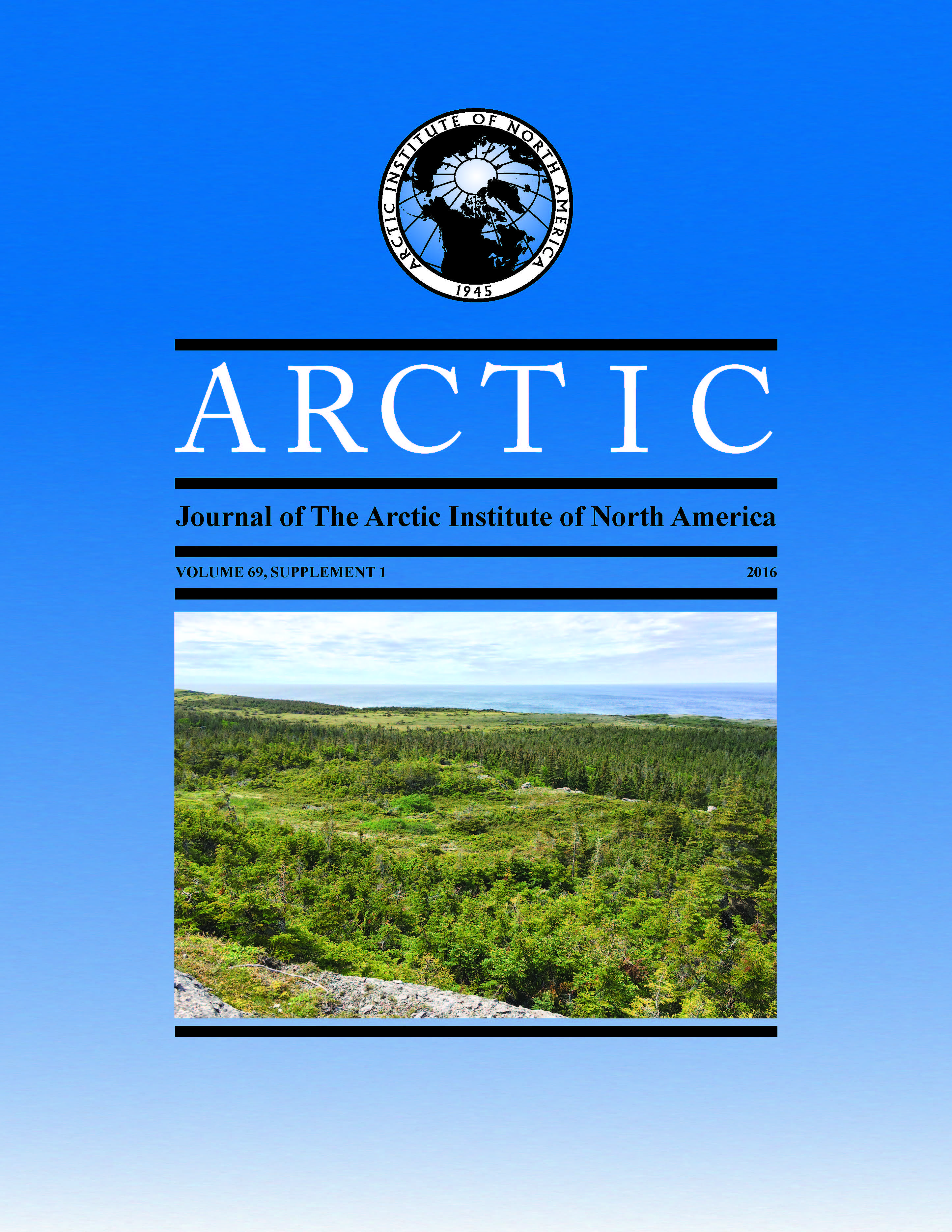The Role of Stone in Island Societies in Neolithic Atlantic Europe: Creating Places and Cultural Landscapes
DOI:
https://doi.org/10.14430/arctic4666Keywords:
Neolithic, northwestern Europe, things, islands, axe heads, stone sources, quarries, hoardsAbstract
The focus of the paper is an engagement with the significance of the exploitation of stone sources to make objects, particularly stone axe heads on islands in northwest Europe during the Neolithic period (4000 – 2500 BC). Case studies of Lambay Island in the Irish Sea, Rathlin Island off the northeast coast of Ireland, and the Shetland Islands explore the use of these three stone sources through the archaeological record, examining the biographies of objects (from quarries, through use, to discard or deposition) and applying a range of approaches to understanding material culture. What emerges is an understanding of the central role these three lithic sources played in how people engaged with and created their island places and landscapes. Through their daily engagement with different stone sources (including the ones focused on here) at a range of scales, people created and sustained social relationships and conventions. Hence it is argued that stone artefacts from local sources played a special role in shaping identities on the three islands.


